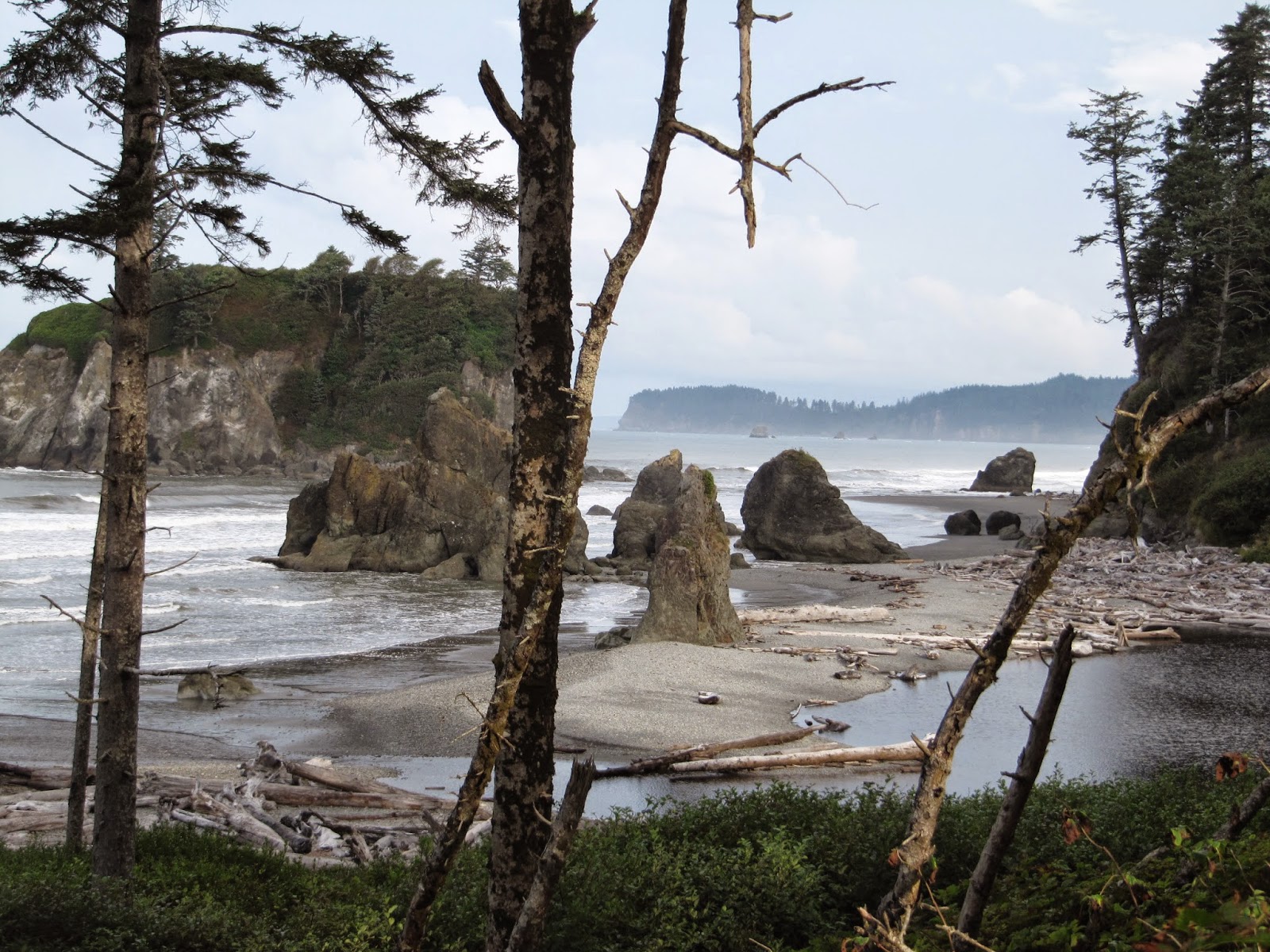While you can find Dale
Chihuly’s amazing glasswork all over the world in famous museums, botanic gardens,
and office buildings, but nowhere is it more accessible and abundant than in his
hometown of Tacoma, Washington.
Chihuly, born in 1941, grew up in Tacoma, studied
interior design at the University of Washington, and narrowed his focus to
glass art at the University of Wisconsin. While on a Fulbright Fellowship in
Venice, Italy, he first observed the team approach in glass blowing to create
large-scale pieces. Utilizing this concept, he cofounded the Pilchuck School of
Glass outside Seattle, and began producing large, multicolored, glass art
works. He established the glass department at the prestigious Rhode Island
School of Design and taught there for many years. Today he is considered the
world’s premier glass artist and has made the Northwest a world center for
glass art.
In Tacoma, many of his
pieces are concentrated in an area known as the Museum District, a few blocks
along Pacific Avenue adjacent to downtown. The Museum of Glass, Tacoma Art
Museum, Bridge of Glass, and Federal Courthouse all feature Chihuly’s work. The
best introduction to his style would be a stroll across the Bridge of Glass, a
500-foot span connecting the Museum of Glass and the plaza area of the
Washington State History Museum on Pacific Avenue. The pedestrian-only bridge
showcases three Chihuly installations including two 40-foot, blue, translucent crystal
towers. While they appear to be crafted from glass, they are made from a
polyurethane material designed to withstand the elements. The main feature,
however, is a tunnel called Seaform
Pavilion. Inside, the ceiling displays over 2000 colorful, amorphous-shaped
pieces of glass inspired by marine life in Puget Sound. On a sunny day, the
sight is spectacular. Along the sides of the tunnel, are 109 glass sculptures,
mostly Art-Deco style floral arrangements.
The bridge ends in a plaza
adjacent to the Museum of Glass, easily identified by its silver, angled, conical
shape. The museum houses a permanent collection of contemporary glass, and
contains an amphitheater called the Hot Shot where visitors can observe a team
of artists demonstrating glass making and glass blowing. There’s an on-site
café, an excellent gift shop with unique glass items, and outside the doors, a mammoth,
clear acrylic sculpture called Water
Forest.
Back across the bridge, on
Pacific Avenue, is the old Union Station, another successful historic
preservation story. Built in 1911, it was praised as “…the most beautiful
passenger station in the Pacific Northwest.”
With the demise of train travel, the station closed and the
dilapidated,
aging facility was sold by Burlington Northern to the city of Tacoma for $1.00.
After three years of renovation, the beautiful Beaux Arts building reopened as
the U.S. Federal Courthouse. The interior is every bit as attractive as the
outside and is decorated with examples of Chihuly’s glass work. A colorful chandelier is suspended from the
rotunda’s domed ceiling, and bright orange flowers cover the arched,
north-facing window. Altogether, the
lobby area features five major installations.
Next door to the
courthouse, is the Tacoma Art Museum. Nationally recognized for its collection
of Northwest art, the museum has an entire gallery devoted to Chihuly pieces,
many donated by the artist. Within walking distance of the Museum District,
additional Chihuly installations can be seen at the University of Washington-Tacoma
library which houses a striking red chandelier, and at the nearby Swiss
Restaurant and Pub with an array of Venetian glass pieces above the bar.
Visiting these places
requires a bit of pre-planning. The art museum is closed Monday, and the Union
Station Federal Courthouse is only open on weekdays, leaving Wednesday,
Thursday, and Friday the best times to visit. A picture identification is
required to enter the courthouse. While the bridge and courthouse are free,
there is an admission charge at both museums. A pass is available ($35 for
seniors) that includes these two museums, the Washington State History Museum
and the nearby LeMay-America’s Car
Museum, and Children’s Museum.
You can learn more about
Chihuly and his works and these museums as the following websites:







































